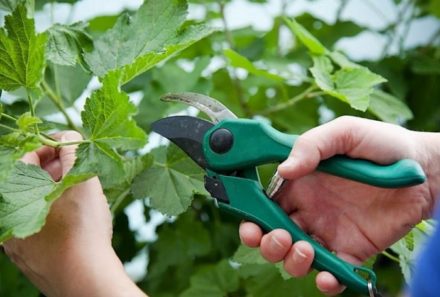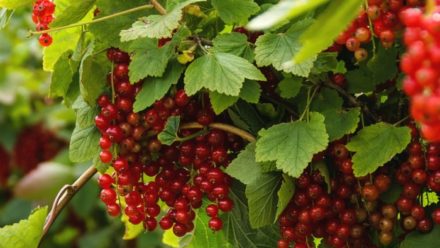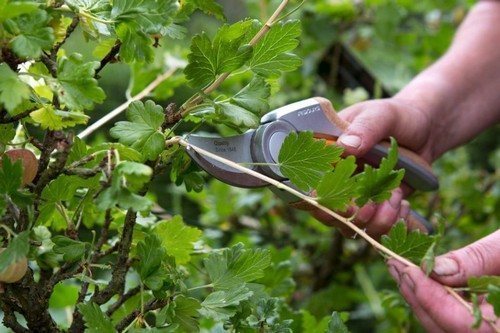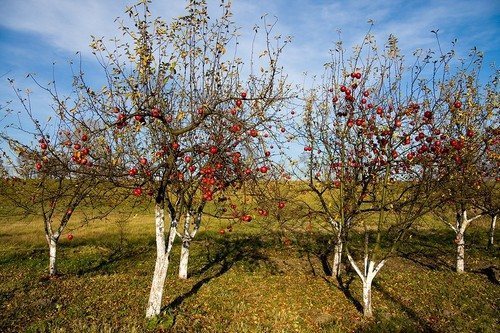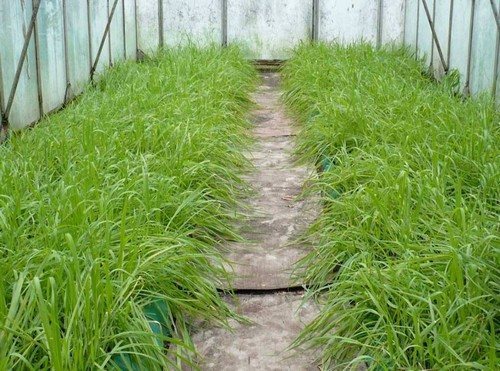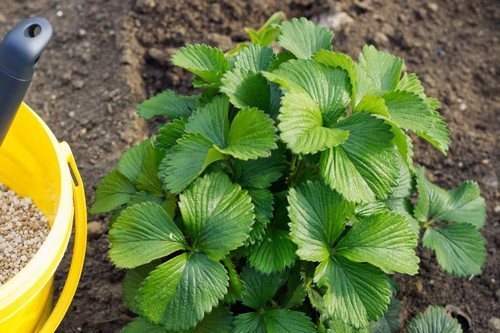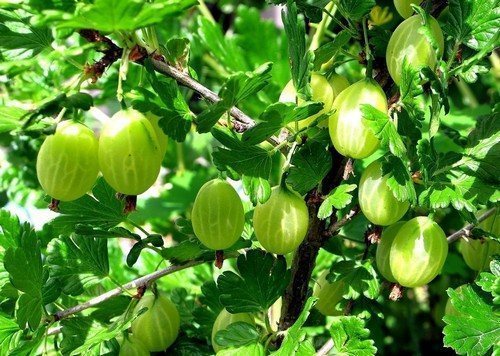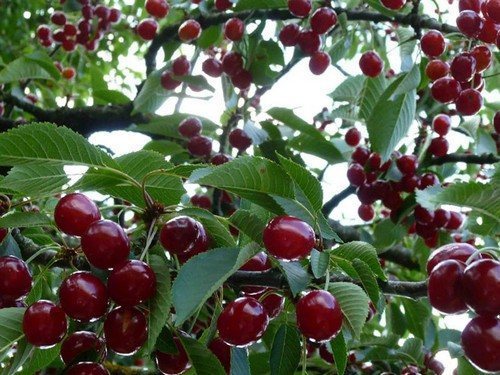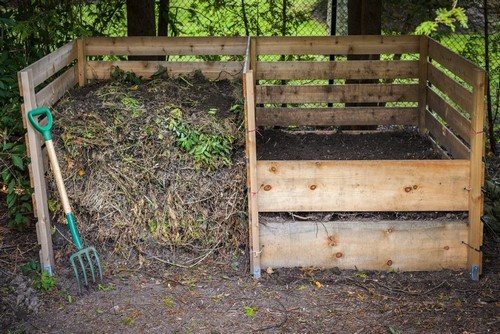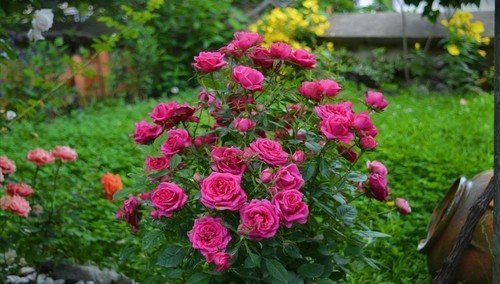Not a single summer cottage is complete without currants. And this is not surprising, since the berry is rich in vitamins and minerals. In order to get a good harvest every year, it is important to know the basic rules of care after harvesting.
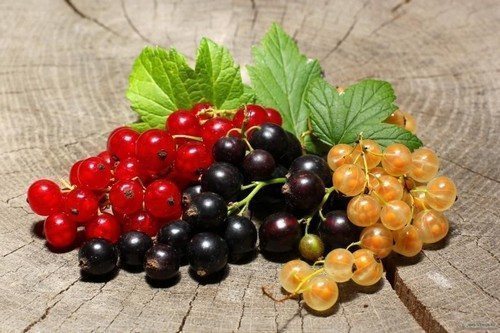
Mandatory pruning
When all the berries have been collected, sanitary pruning is carried out. Using pruners, diseased, damaged and old shoots are removed. It is also necessary to thin out the bush. To do this, cut off root shoots and branches located close to the ground. Approximately 7 cm is cut off from annual shoots.
During pruning, foci of infection are removed. Remove foliage covered with white bloom and twisted by aphids. Dried and cobweb-covered berries are also removed.
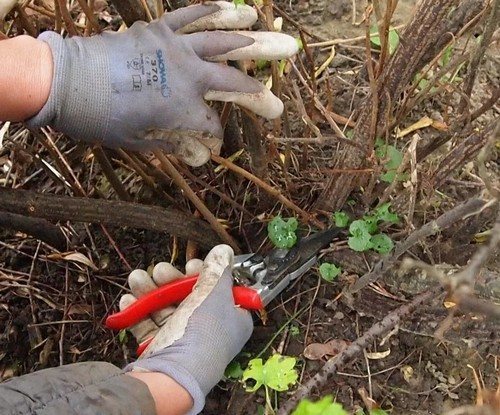
Required watering
In order to set buds and overwinter well, currants need watering. After pruning, the plant is watered with warm water. One red currant bush will require 10-20 liters, and for black currant - 30-40. Subsequent watering should be carried out in the fall, in preparation for winter.
We saturate the roots with oxygen
If there is looser soil around the bush, its roots will receive sufficient oxygen. In the chokeberry crop, the roots are close to the ground, so there is no need to loosen them deeply. At the same time, all weeds are removed. There is no need to be too zealous near the trunk, as you may damage the roots.
Thanks to loosening, you can protect the plant from pests. In loose soil it will be difficult for them to build nests for wintering.
Advice! Remove all debris from around the bush. These include fallen branches, leaves, fruits, and old mulch.
If roots are exposed during loosening, they should be covered with soil.
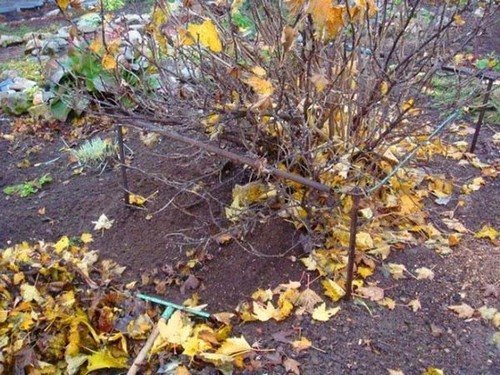
Top dressing
Currants are fed after harvesting with the following composition:
- 10 liters of water;
- 30 grams of superphosphate;
- 30 grams of potassium sulfate;
- 250 grams of ash.
This amount of solution is enough for one bush.
Advice! Currants do not like chlorine, so do not use fertilizers containing potassium chloride.
Additionally, currants are fertilized with compost. A bucket of fertilizer is enough for one bush.
If the bush is too depleted, it should be fed with complex mineral fertilizers. In this case, the foliage is sprayed with zircon. If the plant is often affected by chlorosis, it should be fed with nitrogen. To do this, add a tablespoon of urea to 10 liters of water.
Protection from diseases and pests
In the presence of fungal diseases, use a solution of Bordeaux mixture or fungicides. To get rid of pests, use insecticides. Disinfect the soil with a weak solution of potassium permanganate.
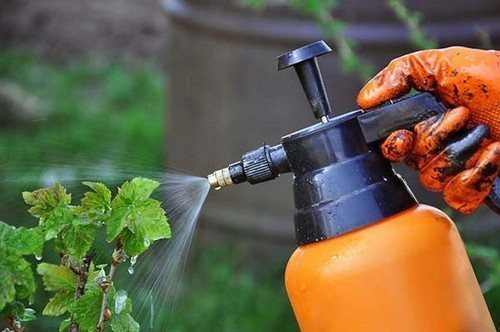
Mulching
To protect the soil from moisture evaporation, straw or sawdust is poured under the bush. This will also protect the roots from overheating.
The importance of preparing for frost
Currants are prepared for winter after the leaves have completely fallen. In black chokeberry, all branches older than 4 years are cut off, in white and red - more than 7. All cut branches are burned.
When the air temperature drops to +5°C, the previously laid mulch is removed and a new mulch is poured in its place, in a 10-centimeter layer. This is done to remove pests that have accumulated in the old mulch.
When the air temperature is consistently cold, the branches are pulled together and secured with rope. The top of the bush is covered with covering material.
After such preparatory measures, the bush will overwinter well and produce a bountiful harvest next year.


